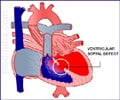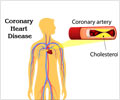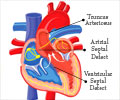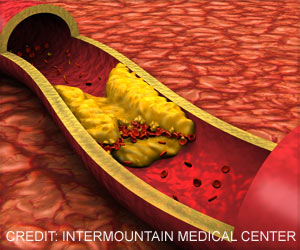Rates of sudden cardiac arrest are growing following decades of a downward trend. While this disturbing uptick was observed in both sexes, in women, the rise was mostly among those whose sudden cardiac arrest was the first manifestation of heart disease.
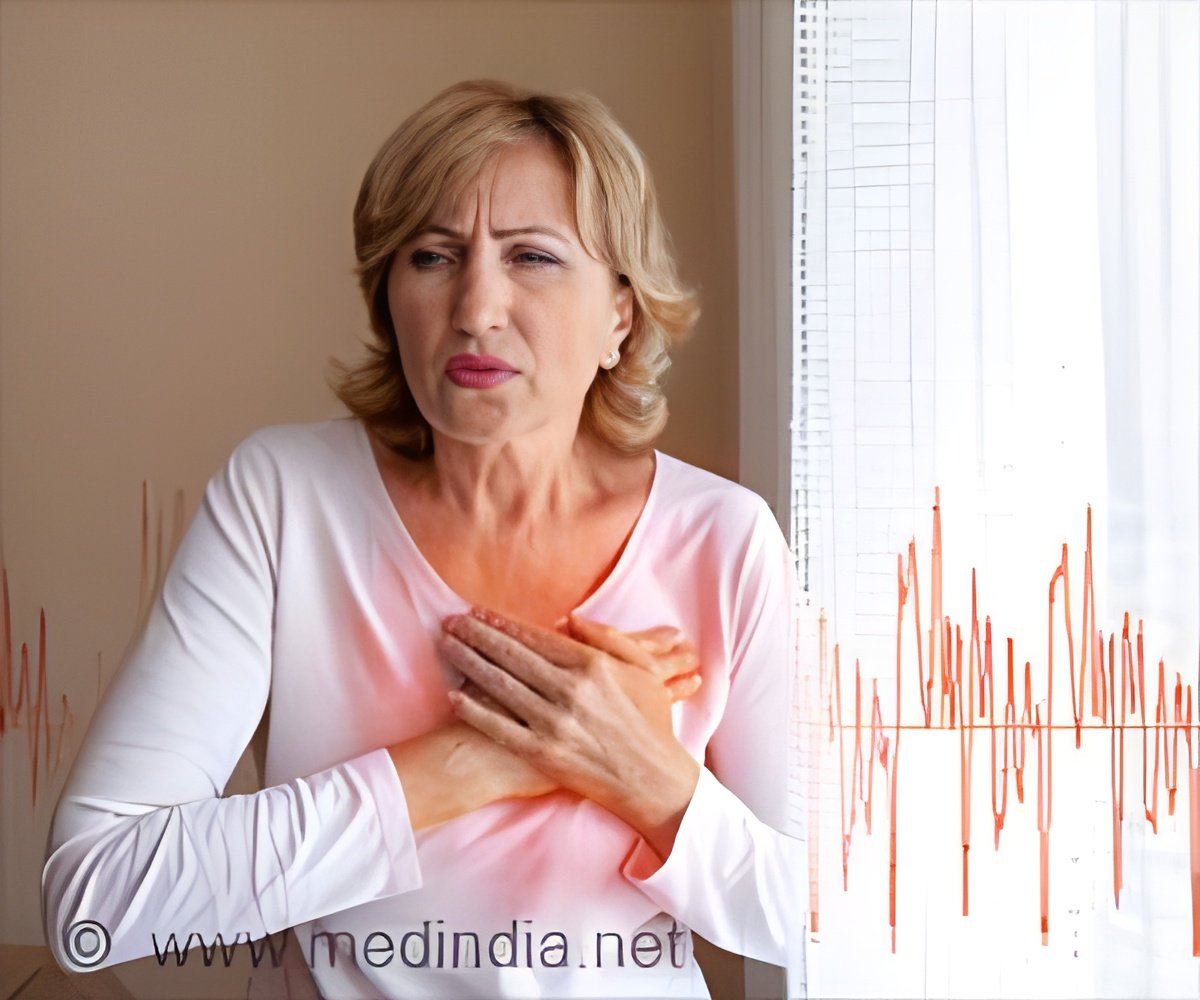
‘Unlike heart attacks (myocardial infarctions), which are typically caused by clogged coronary arteries reducing blood flow to the heart muscle, sudden cardiac arrest is the result of the defective electrical activity of the heart.’





"And, because more than 40% of both men and women had known heart disease before their sudden cardiac arrest, prevention and treatment of heart disease remain critically important." The findings are part of the Oregon Sudden Unexpected Death Study, a comprehensive, 16-hospital, multiyear assessment of cardiac deaths in the Portland, Oregon, metropolitan area led by Sumeet Chugh, MD, director of the Center for Cardiac Arrest Prevention and associate director of the Smidt Heart Institute.
Patients may have little or no warning, and the disorder usually causes death within minutes if no resuscitation is performed. Sudden cardiac arrest accounts for approximately 300,000 deaths each year in the U.S.
Between 2004-2011, the Oregon Sudden Unexpected Death Study showed a decline in sudden cardiac death for both men and women, probably explained by better prevention and treatments for patients with cardiovascular risk factors. However, between 2012-2016, the incidence of sudden cardiac death rose for both men and women.
"This appears to be a recent trend, and to our knowledge, there is little data regarding reasons for this rise," said Chugh, who also serves as the Pauline and Harold Price Professor of Cardiac Electrophysiology Research. "It's possible that regional, racial, and socioeconomic differences could contribute, but more research is needed."
Advertisement
"This study highlights the important implications of understanding the differences in risk stratification, screening, and diagnosis of heart disease between men and women," said Emily Tinsley, MS, program officer in the Division of Cardiovascular Sciences at the National Heart, Lung, and Blood Institute (NHLBI). "The information we learn from studies like this is essential for promoting effective and unique preventive strategies for heart disease in women."
Advertisement
- The importance of surveillance to accurately identify sudden cardiac arrests in the community
- The majority of sudden cardiac arrest patients do not have severely reduced pumping function of the heart
- The development of a simple electrical risk score to predict sudden cardiac arrest from the standard ECG
- The importance of warning symptoms in predicting the risk of sudden cardiac arrest
Five years ago, Chugh's team began a sister study-also funded by the NHLBI-based in Southern California's Ventura County.
Source-Newswise

